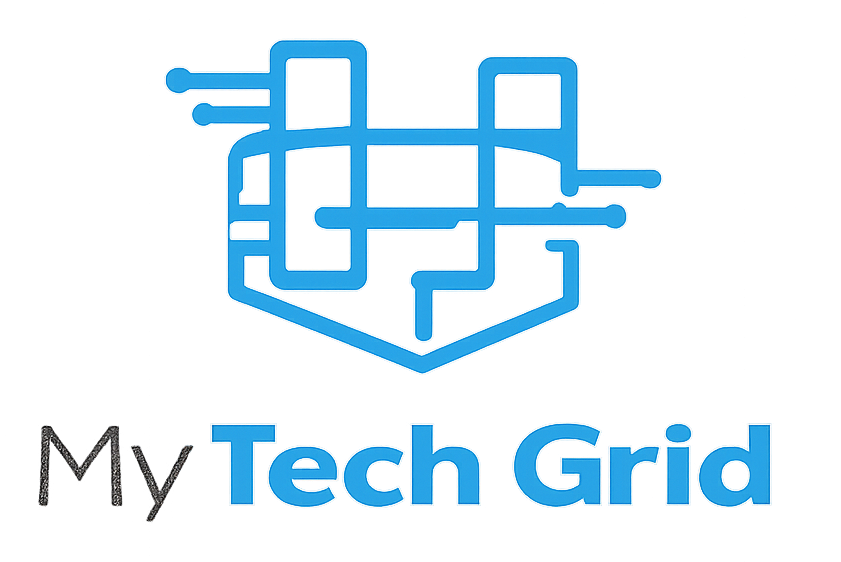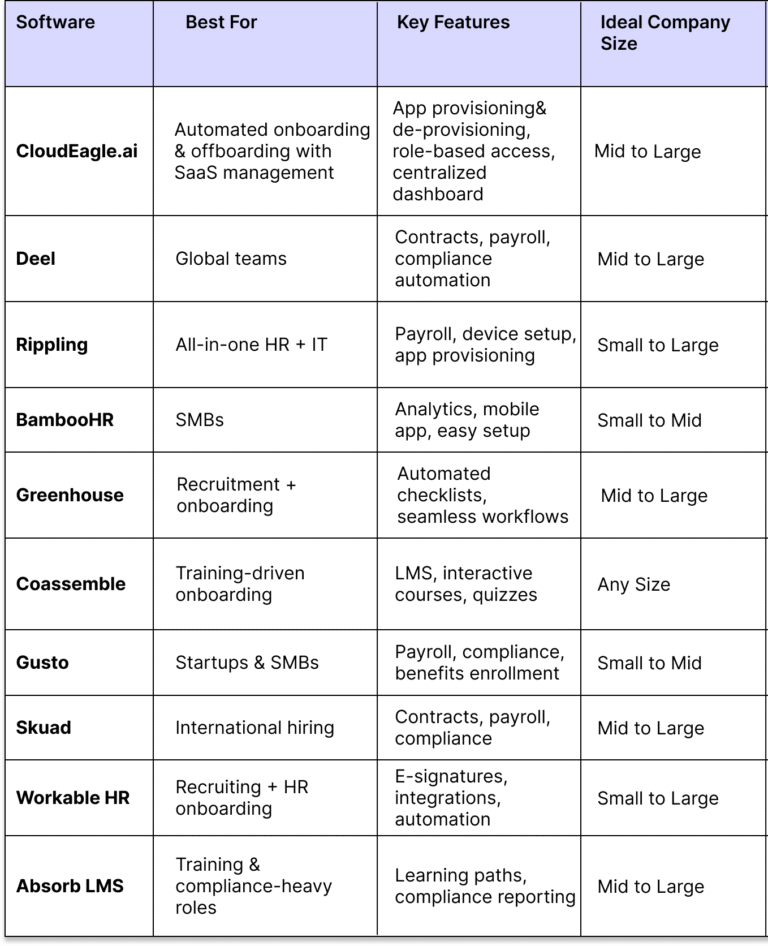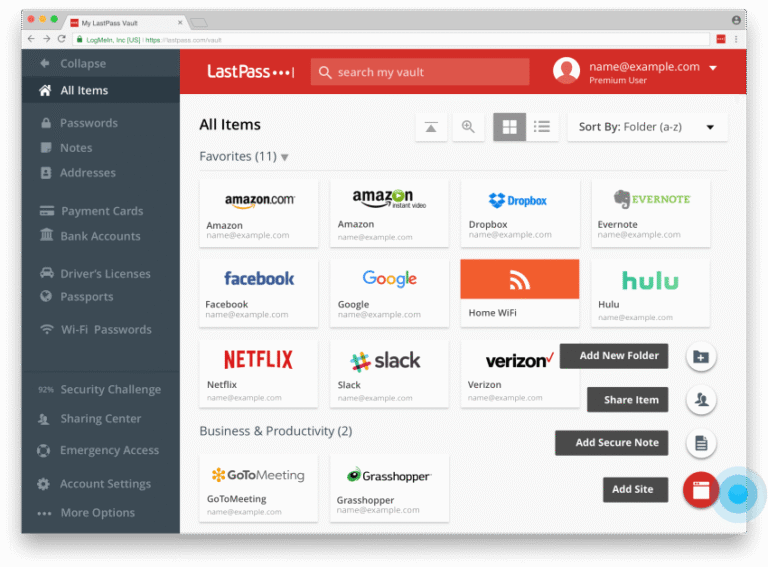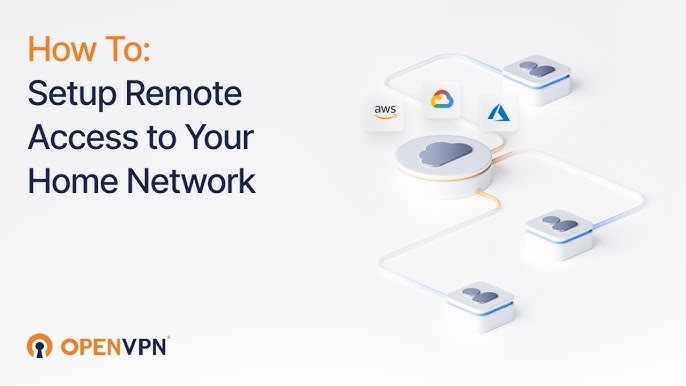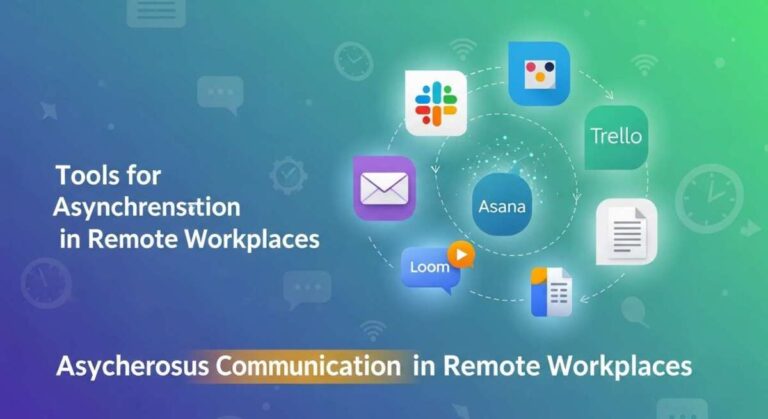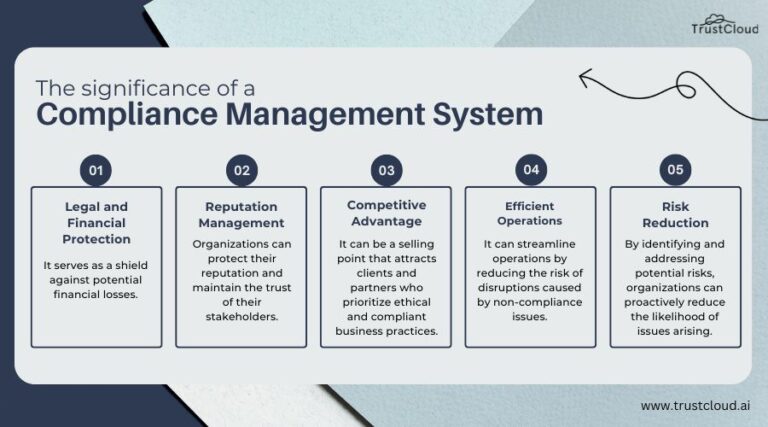How to Minimize Distractions in Remote Work Setups: Boost Focus Fast
You know how easy it is to get pulled away from your work when you’re remote. A quick scroll through your phone, background noise, or even your own thoughts can steal your focus before you realize it.
But what if you could take control and create a workspace where distractions don’t stand a chance? Imagine finishing your tasks faster, feeling less stressed, and actually enjoying your workday more. You’ll discover simple, practical steps to minimize distractions in your remote work setup—so you can boost your productivity and reclaim your time.
Ready to take back your focus? Let’s dive in.

Credit: whatmegdidnext.com
Create A Dedicated Workspace
Creating a dedicated workspace is key to cutting distractions in remote work setups. It sets clear boundaries between work and home life. This separation helps your brain focus better and boosts productivity.
A workspace designed just for work creates a professional mindset. It reduces interruptions from family or household tasks. You feel more organized and ready to tackle your tasks each day.
Choose A Clutter-free Area
Select a quiet spot away from noise and traffic. Keep this area tidy and free from clutter. A clean space helps clear your mind and keeps distractions low. Avoid places where you usually relax or watch TV.
Set Up Ergonomic Furniture
Use a comfortable chair and desk that support good posture. Ergonomic furniture prevents aches and pains during long work hours. Adjust your screen height to avoid neck strain. Comfort improves focus and energy throughout the day.
Limit Non-work Items
Keep personal items and gadgets out of your workspace. Remove toys, snacks, and unrelated papers that may catch your attention. Only have work essentials like your laptop, notebook, and pens nearby. This helps your mind stay on task without temptation.

Credit: www.youtube.com
Establish A Daily Routine
Establishing a daily routine helps create structure in remote work setups. It sets clear boundaries between work and personal life. A consistent routine trains your mind to focus during work hours. This reduces distractions and boosts productivity. Simple habits build a strong foundation for success in remote work.
Set Consistent Work Hours
Choose fixed start and end times for your workday. Sticking to these hours builds discipline and predictability. It helps coworkers know when you are available. Avoid working too early or too late to prevent burnout. Consistent hours improve focus and reduce the chance of interruptions.
Incorporate Break Times
Schedule short breaks throughout your day to rest your mind. Breaks prevent fatigue and keep energy levels high. Use this time to stretch, walk, or relax. Avoid screens during breaks to truly recharge. Regular pauses help maintain concentration during work periods.
Use Time Blocking Techniques
Divide your workday into blocks dedicated to specific tasks. Assign each block a clear goal or project. This method limits multitasking and distractions. Use a timer to stay on track within each block. Time blocking improves focus and helps complete tasks efficiently.
Manage Digital Distractions
Digital distractions can severely reduce focus during remote work. Managing these interruptions is key to staying productive and meeting deadlines. Simple changes in how you handle digital tools help create a better work environment.
Limit Social Media Usage
Social media often pulls attention away from work tasks. Set specific times to check social platforms instead of browsing all day. Use timers to remind yourself when to stop. This keeps social media from eating into your work time.
Turn Off Non-essential Notifications
Notifications from apps and emails disrupt your concentration. Turn off alerts that are not urgent or work-related. Keep notifications only for important messages. This reduces constant interruptions and helps maintain a steady workflow.
Use Website Blockers
Website blockers prevent access to distracting sites during work hours. Choose blockers that fit your needs and schedule. They help you avoid temptation and focus on tasks. This tool is effective for limiting unproductive browsing.
Communicate Boundaries Clearly
Clear communication of boundaries is vital for remote work success. It helps keep distractions low and focus high. Defining limits with others around you prevents interruptions. It builds respect for your work time and space. When boundaries are clear, work flows smoothly and stress reduces.
Set Expectations With Household Members
Talk openly with family or housemates about your work needs. Explain your work hours and quiet times. Ask them to avoid interrupting during those hours. Share your schedule so they know when you are busy. This reduces unexpected distractions and helps them respect your time.
Define Communication Protocols
Decide how and when people can contact you. Use tools like messages or emails for non-urgent issues. Reserve calls or video chats for important matters only. Let others know your preferred way to communicate during work hours. This keeps interruptions controlled and work uninterrupted.
Schedule ‘do Not Disturb’ Periods
Block specific times on your calendar for focused work. Turn on ‘Do Not Disturb’ mode on devices during these times. Inform people in advance about these quiet periods. Use this time to tackle complex tasks without distractions. Protecting focused work time boosts productivity and quality.
Leverage Technology Tools
Technology plays a key role in reducing distractions during remote work. Using the right tools helps maintain focus and improve productivity. Many apps and software are designed to support remote workers in managing time and tasks effectively. Leveraging technology creates a structured and distraction-free environment.
Use Time Tracking Apps
Time tracking apps help monitor how you spend your work hours. These tools show where distractions occur and highlight unproductive periods. Knowing this helps adjust your schedule and focus on important tasks. Many apps send reminders to take breaks or return to work. Tracking time builds better habits and accountability.
Employ Focus-enhancing Software
Focus-enhancing software blocks distracting websites and notifications. This software creates a quiet digital workspace. Some programs use techniques like the Pomodoro timer to boost concentration. They encourage working in short, focused bursts with breaks in between. This approach keeps your mind fresh and reduces burnout.
Utilize Collaboration Platforms Efficiently
Collaboration platforms keep team communication organized and clear. Use features like chat channels, file sharing, and task lists wisely. Avoid constant notifications by setting “do not disturb” hours. Clear communication reduces confusion and off-topic messages. Efficient use of these platforms saves time and lowers distractions.

Credit: www.youtube.com
Incorporate Movement And Breaks
Incorporating movement and breaks in remote work helps keep focus sharp. Sitting for long hours reduces energy and slows thinking. Short pauses to move refresh the mind and body. These simple habits improve productivity and lower stress during workdays.
Take Short Walks
Walking for a few minutes breaks the monotony of sitting. It increases blood flow and wakes up the brain. A short walk around the room or outside can clear mental fog. It also helps prevent stiffness and muscle pain from long sitting.
Practice Stretching Exercises
Stretching loosens tight muscles and improves posture. Simple stretches for the neck, shoulders, and back reduce tension. These exercises can be done at the desk or in a break area. Regular stretching keeps the body comfortable and focused on tasks.
Step Outside For Fresh Air
Stepping outdoors refreshes the senses and lifts mood. Fresh air and natural light reduce eye strain and headaches. A few minutes outside can reset the mind and reduce feelings of fatigue. This small break helps maintain energy and concentration throughout the day.
Foster Social Interaction
Fostering social interaction in remote work setups helps reduce feelings of isolation. It builds team spirit and keeps motivation high. Social connections create a supportive work environment. They also help minimize distractions by keeping employees engaged and focused.
Schedule Regular Team Check-ins
Set fixed times for team meetings every week. These check-ins keep everyone updated on tasks and progress. They allow team members to share challenges and ask for help. Regular meetings create a sense of accountability and connection. This routine reduces misunderstandings and keeps distractions low.
Engage In Virtual Coffee Breaks
Encourage informal chats during virtual coffee breaks. These moments let employees relax and bond naturally. They mimic casual office interactions that remote work lacks. Virtual breaks boost morale and reduce stress. Small social pauses help maintain focus when returning to work.
Balance Alone Time With Social Time
Remote workers need quiet time to focus deeply. Balancing this with social interaction prevents burnout. Encourage employees to schedule breaks for socializing or relaxing. A healthy mix of alone and social time improves productivity. It supports mental health and keeps distractions at bay.
Prioritize Tasks Effectively
Prioritizing tasks effectively is key to reducing distractions in remote work setups. Clear priorities help you focus on what matters most. This approach prevents wasted time on less important activities. You can achieve more by organizing your work day with intention.
Create Daily To-do Lists
Start each day by making a to-do list. Write down tasks you need to finish. This list acts as a roadmap for your day. Check off items as you complete them. It keeps you on track and motivated. A visible list reduces chances of forgetting important duties.
Use The Pomodoro Technique
Work in short bursts of focused time. Set a timer for 25 minutes and concentrate fully. Then take a 5-minute break. Repeat this cycle four times before a longer break. This method boosts focus and limits burnout. It helps block out distractions during work periods.
Focus On High-impact Activities
Identify tasks that have the biggest results. Spend most of your time on these activities. Avoid getting caught up in low-value work. High-impact tasks move projects forward and create value. This focus improves your efficiency and job satisfaction.
Maintain Work-life Balance
Maintaining a good work-life balance is key to staying productive and happy when working remotely. It helps prevent burnout and keeps your mind fresh. Setting boundaries between work and personal time reduces distractions and improves focus.
Set Clear Start And End Times
Start your workday at a fixed time every day. This creates a routine and signals your brain to focus. Equally important is setting a clear end time. Stop working once your day finishes. This prevents work from spilling into your personal life.
Avoid Overworking
Working too long leads to fatigue and poor concentration. Take regular breaks to recharge your energy. Do not check emails or tasks after work hours. Respecting your limits keeps your mind sharp and reduces distractions.
Create Transition Rituals
Use small rituals to switch between work and home life. For example, a short walk or changing clothes can signal the end of work. These habits help your brain relax and prepare for personal time. Transition rituals clear the boundary between work and rest.
Frequently Asked Questions
How Do You Avoid Distractions When Working Remotely?
Create a dedicated, clutter-free workspace and follow a consistent schedule. Limit social media use and track your time. Take regular breaks and engage with others to stay refreshed and focused.
Is Remote Work Dying In 2025?
Remote work is not dying in 2025. Hybrid models blend remote and office work, emphasizing flexibility and productivity. Employers value remote work for talent access, cost savings, and employee satisfaction. Technology continues to enhance remote collaboration, making remote work a permanent, evolving trend.
How Can Contractors Minimize Distractions In Their Workspace?
Contractors minimize distractions by creating a clutter-free workspace and setting clear work hours. They limit social media use and communicate boundaries effectively. Regular breaks and focused routines boost concentration and productivity.
How Do You Stay Organized While Working Remotely?
Create a dedicated workspace free from clutter. Set a daily routine and use time-tracking tools. Limit social media and take regular breaks. Communicate clearly and schedule focused work periods to boost productivity and stay organized while working remotely.
Conclusion
Minimizing distractions in remote work setups boosts focus and productivity. Create a dedicated workspace free from clutter. Set a daily routine and stick to it firmly. Limit social media use to avoid losing time. Take short breaks to refresh your mind often.
Communicate regularly with teammates to stay connected. These simple steps help maintain work-life balance. Small changes lead to better concentration and results. Stay consistent and patient as habits take time. Remote work can be effective with the right discipline.
